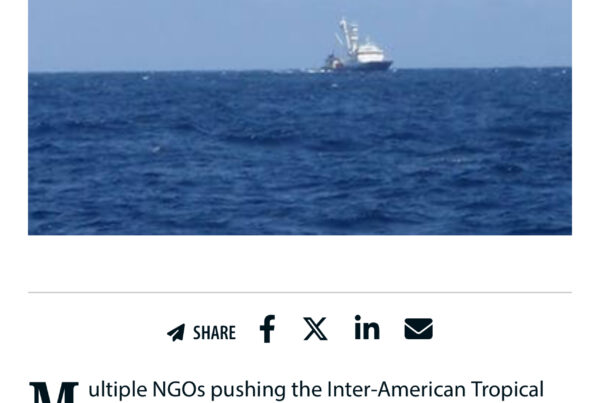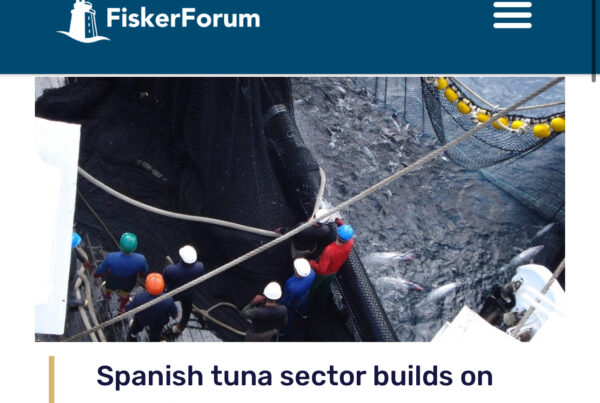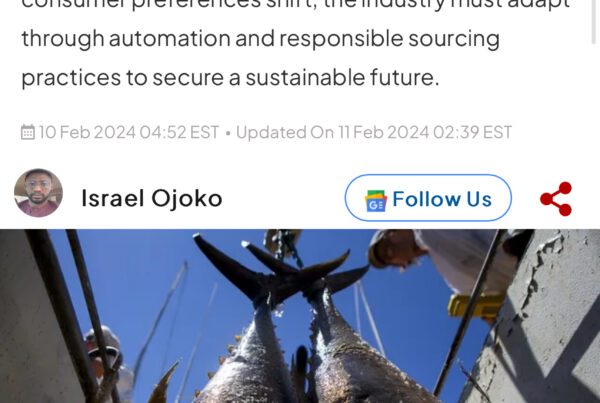From shrimp etouffee to lobster thermidor and Thai fish cakes to Singapore chili crab and your everyday tuna, salmon, and squid, most of the seafood being eaten in the U.S. is imported.
Unfortunately, there is a health risk associated with imported seafood compared to other imported food products. Hence, seafood is much more highly regulated by the federal government, especially by U.S. Customs and Border Protection (CBP), the U.S. Food and Drug Administration (FDA), and NOAA Fisheries. Legally, all imported seafood is monitored under the Food Safety and Modernization Act (FSMA), the Public Health Security and Bioterrorism Preparedness and Response Act of 2002 (Bioterrorism Act), the Lacey Act, and the FDA’s Hazard Analysis and Critical Control Points (HACCP) requirements.
In recent years, there has been greater emphasis by CBP and FDA to ensure the seafood brought into the United States complies with all applicable U.S. laws. In 2022, there was a record amount of imported seafood inspected by the FDA, there were a record number of FDA Import Alerts on imported seafood, CBP issued the first-ever withhold-release orders on shipments of seafood that arrived in the United States, and we had a record number of investigations, monetary penalties, and seizures of seafood products related to illegal, unreported, and unregulated (IUU) fishing. And even more enforcement actions are expected in 2023.
Foreign seafood suppliers, international transportation companies, and U.S. importers of seafood can protect themselves by learning about how to prevent issues with federal law enforcement authorities, and how to respond to any detention of imported seafood, refusal from entry, or seizure, penalty, or investigation by those same federal law enforcement agencies.
All imported food must be declared to both CBP and FDA prior to arrival in the United States. The data in those required advanced declarations are screened electronically and then, depending upon such factors as description of product, country of origin, name of supplier, tariff classification number, etc. the shipment is selected for a physical examination. There are three primary reasons for CBP and FDA to select, detain, and refuse imported seafood. The first of this three-part series investigated what happens if a foreign supplier is listed on an FDA import alert. The second looked into what happens when federal law enforcement agencies target and detain imported seafood because it is suspected of being produced by forced labor.



